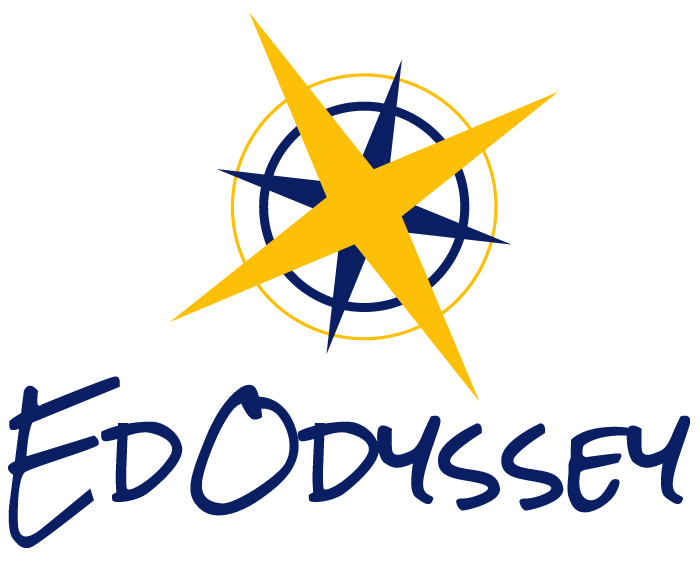Blog
Understanding Why Medical Spanish and Hispanic Cultural Knowledge Matters in Healthcare
The need for Spanish speaking professionals continues to rise, and students and professionals who want to prepare for the future of healthcare will require training that combines language, culture and best practices.
3 Important Travel Lessons From Inspiring TED Talks
Life lessons found through travel focus on being in the present moment and immersing oneself in the real world. The personal takeaways when one is able to expand on curiosity, live simply, appreciate another culture, and even befriend a stranger takes lessons home and allow the rest of the world to learn as well.
Five Facts About Peru That You Might Not Know
You may have heard about Machu Picchu and the Incas, or important Peruvian dishes, such as Cebiche (seafood dish) and Lomo Saltado (traditional Peruvian stir-fry), but what other elements make this fascinating country in South America so unique? In today’s blog, we will be sharing a few fun facts with you about Peru!
Search previous blogs here.


